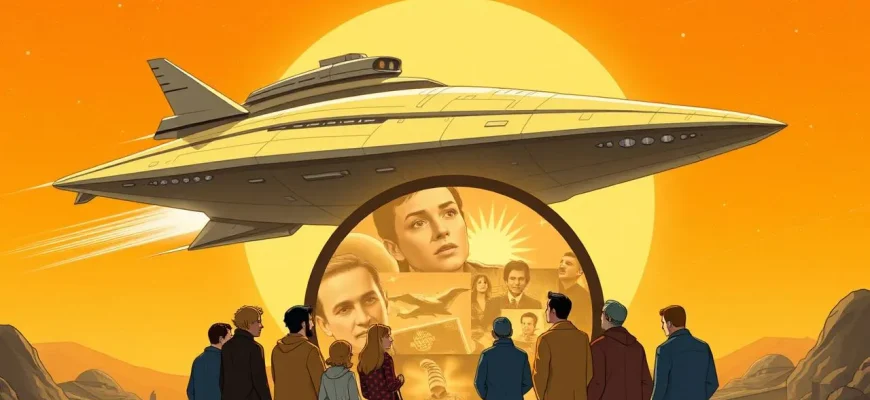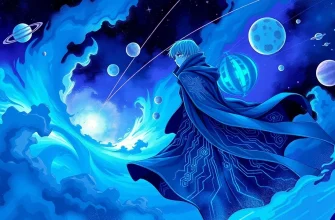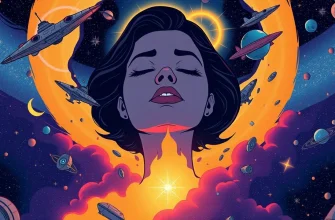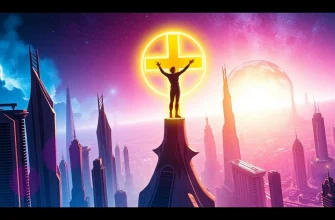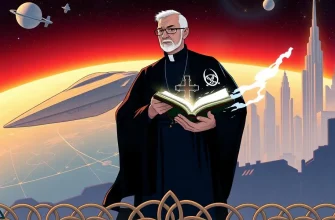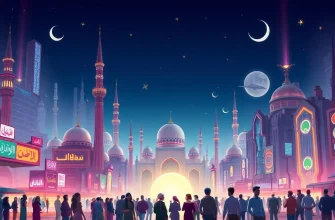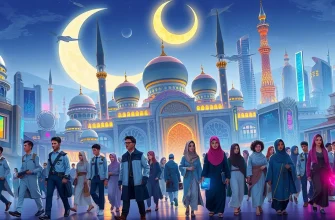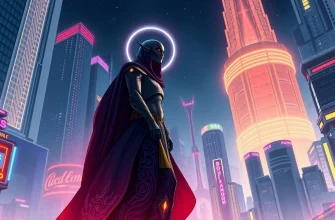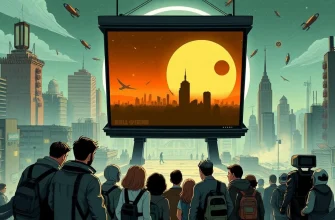Are you ready to embark on a journey through the cosmos, where the impossible becomes possible and the ordinary is transformed into the extraordinary? This curated list of 10 sci-fi films is your ticket to a world of wonders. From mind-bending time travel to encounters with the unknown, these films will ignite your imagination and leave you in awe of the limitless possibilities of science fiction. Whether you're a seasoned sci-fi aficionado or a newcomer to the genre, these films offer a blend of visual spectacle, thought-provoking narratives, and the sheer joy of discovering the wonders of the universe.
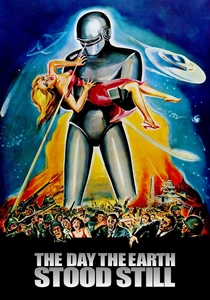
The Day the Earth Stood Still (1951)
Description: This classic sci-fi film presents an alien visitor, Klaatu, who comes to Earth with a message of peace and a warning about humanity's destructive nature. Its themes of peace and the wonder of the unknown are timeless.
Fact: The film was one of the first to use a flying saucer as a central plot device. The robot Gort was designed by Harry Bates, who also wrote the original short story.
 Watch Now
Watch Now
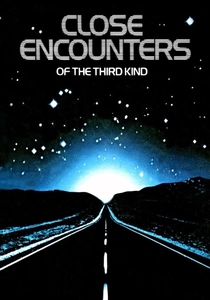
Close Encounters of the Third Kind (1977)
Description: Steven Spielberg's classic explores the wonder of human curiosity and the possibility of peaceful contact with extraterrestrial beings. Its iconic score and visual effects have made it a timeless piece of sci-fi cinema.
Fact: The film's famous five-note musical phrase was composed by John Williams. The Devil's Tower in Wyoming was chosen as the film's setting after Spielberg saw it in a magazine.
 Watch Now
Watch Now
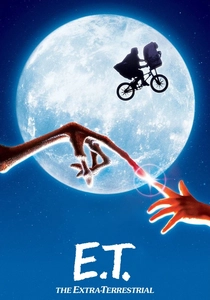
E.T. the Extra-Terrestrial (1982)
Description: This heartwarming tale of friendship between a boy and an alien visitor captures the wonder of childhood and the magic of believing in the impossible. Its emotional depth and universal appeal make it a sci-fi classic.
Fact: The character of E.T. was created by Carlo Rambaldi, who also worked on "Alien." The film's famous line "E.T. phone home" was improvised by Henry Thomas.
 Watch Now
Watch Now
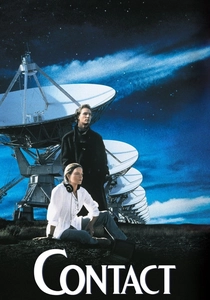
Contact (1997)
Description: Based on Carl Sagan's novel, this film delves into the wonder of first contact with extraterrestrial life. It's a thoughtful exploration of faith, science, and the human spirit's yearning for connection with the cosmos.
Fact: The film's famous message from space was actually a real message sent into space by the Arecibo Observatory in
 Watch Now
Watch Now

The Fifth Element (1997)
Description: This film is a vibrant mix of sci-fi, action, and comedy, set in a future where a mysterious fifth element holds the key to saving Earth from an ancient evil. Its unique visual style and quirky characters make it a standout in the genre.
Fact: The film's costume designer, Jean-Paul Gaultier, created over 900 costumes for the movie. The character of Leeloo was originally written for a male actor.
 Watch Now
Watch Now
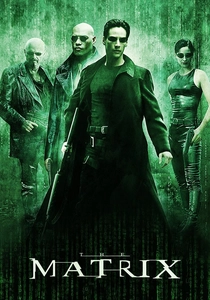
The Matrix (1999)
Description: This groundbreaking film introduced audiences to the concept of a simulated reality, blending martial arts, cyberpunk, and philosophical questions about the nature of reality. Its visual effects and storytelling redefined sci-fi cinema.
Fact: The Wachowskis developed the concept for "The Matrix" while working on "Assassins." The film's "bullet time" effect was created using hundreds of still cameras to capture motion from multiple angles.
 Watch Now
Watch Now
Avatar (2009)
Description: James Cameron's epic showcases the wonders of an alien world, Pandora, with its bioluminescent flora and fauna. The film's revolutionary use of 3D technology and its environmental message make it a modern sci-fi masterpiece.
Fact: The film was in development for over a decade, with Cameron writing the script in
 Watch Now
Watch Now
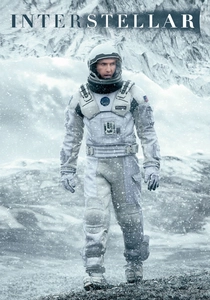
Interstellar (2014)
Description: Christopher Nolan's epic space odyssey explores the wonders of space travel, wormholes, and the quest to save humanity. The film's stunning visuals and scientific accuracy make it a must-watch for any sci-fi enthusiast.
Fact: The film was inspired by Kip Thorne's theories on wormholes and black holes. The visual effects team created a new rendering software to simulate the effects of gravity in space.
 Watch Now
Watch Now
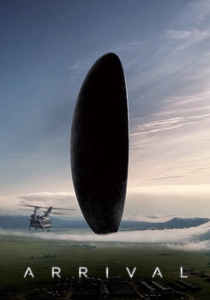
Arrival (2016)
Description: Denis Villeneuve's film explores the wonder of language and communication with alien visitors. Its non-linear storytelling and focus on human connection make it a unique and thought-provoking sci-fi experience.
Fact: The film's alien language was designed by linguist Jessica Coon. The heptapod language was inspired by the circular writing system of the Cree language.
 Watch Now
Watch Now
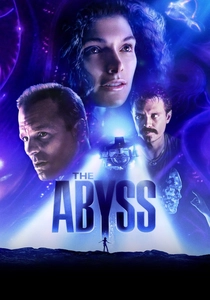
The Abyss (1989)
Description: James Cameron's underwater adventure delves into the wonder of the deep sea and the possibility of intelligent life in Earth's oceans. Its groundbreaking underwater filming techniques and the encounter with an alien species make it a must-see.
Fact: The film was shot in an abandoned nuclear power plant's cooling tower. The underwater scenes were filmed in a 7 million gallon tank, the largest of its kind at the time.
 30 Days Free
30 Days Free

